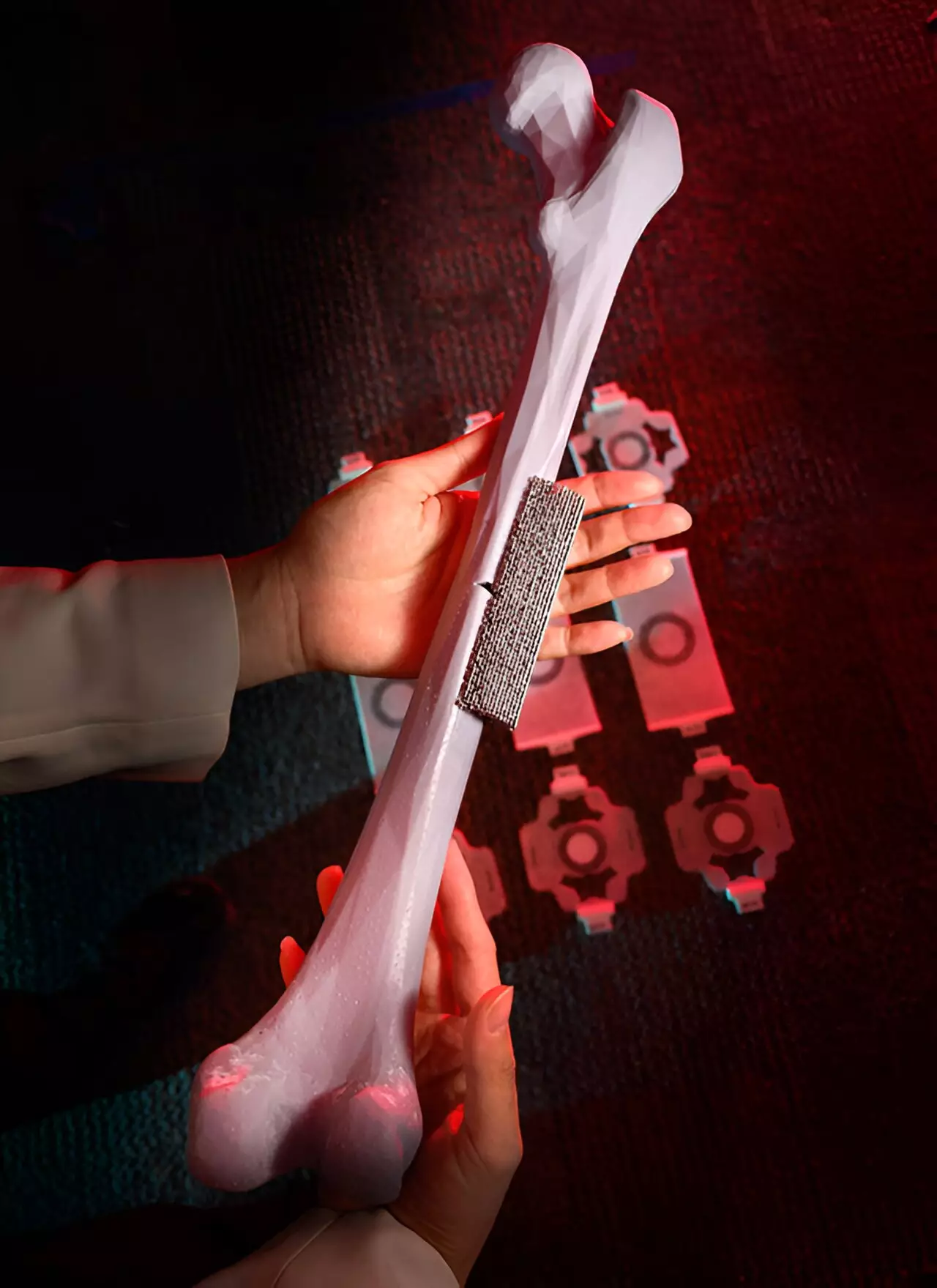The intricate design and intelligent approach to stress distribution found in natural materials like bone, bird feathers, and wood have long fascinated scientists and engineers. Despite their irregular architectures, these materials are able to effectively manage physical stress. However, the exact relationship between stress modulation and their structures has been a mystery.
A recent study has shed light on this phenomenon by combining machine learning, optimization techniques, 3D printing, and stress experiments. This innovative approach has allowed researchers to develop a material that mimics the functionalities of human bone, particularly for orthopedic femur restoration.
Fractures of the femur, a common injury among elderly individuals, often require surgical intervention to promote healing. Traditional methods involve attaching a metal plate around the fracture with screws. However, this can lead to complications such as loosening, chronic pain, and further injury.
Led by experts from the University of Illinois Urbana-Champaign and Peking University, the study introduces a groundbreaking technique for orthopedic repair. By using a computational framework, researchers were able to design a material that replicates the structure and stress distribution of human bone.
Published in the prestigious journal Nature Communications, the study outlines the process of creating a bio-inspired material through a combination of materials databases, virtual growth simulators, and machine learning algorithms. What sets this research apart is the development of a computational optimization algorithm that maximizes both architecture and stress distribution.
In the laboratory, researchers used 3D printing to create a full-scale resin prototype of the new material. This prototype was then attached to a synthetic model of a fractured human femur to assess its efficacy. The results confirmed that it is possible to grow a synthetic material that mimics the biological systems found in nature.
The researchers believe that this novel approach to orthopedic repair could revolutionize the field of biomaterials. By providing optimized support and protection from external forces, these bio-inspired materials have the potential to stimulate bone repair and enhance healing processes.
Moreover, this technique is not limited to orthopedic applications. It can be applied to a wide range of biological implants where stress manipulation is critical. Whether it is metals, polymers, or other materials, the computational optimization algorithm offers a versatile solution for enhancing the performance of various biomaterials.


Leave a Reply